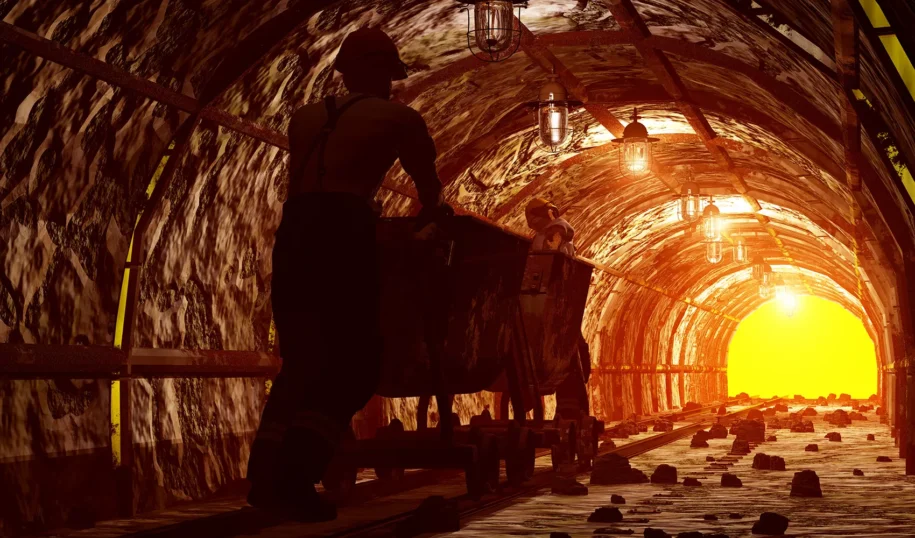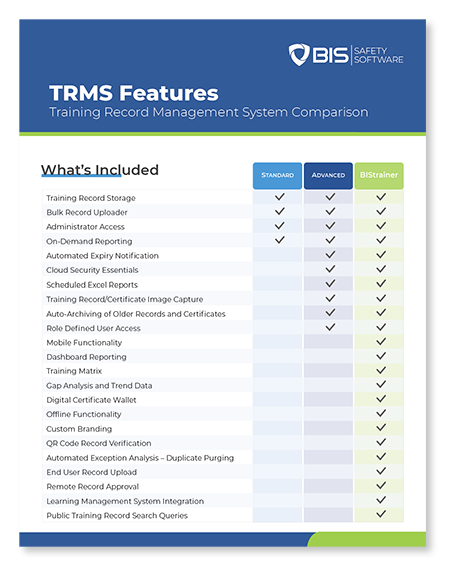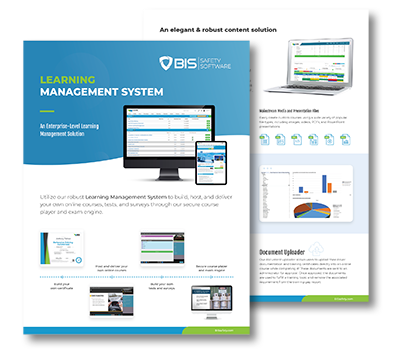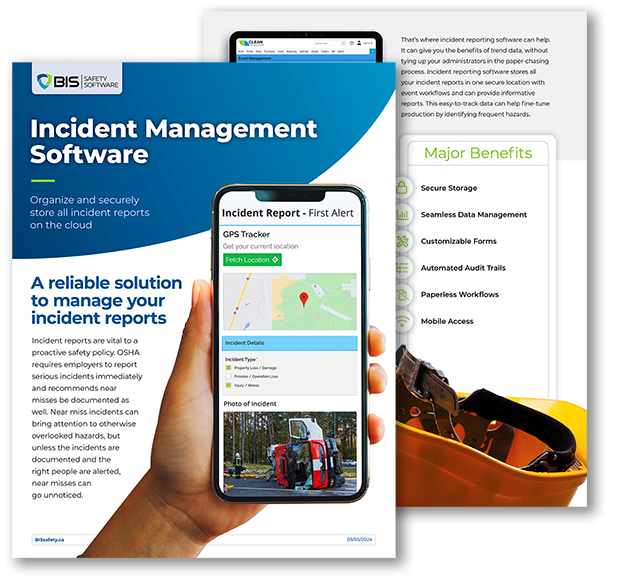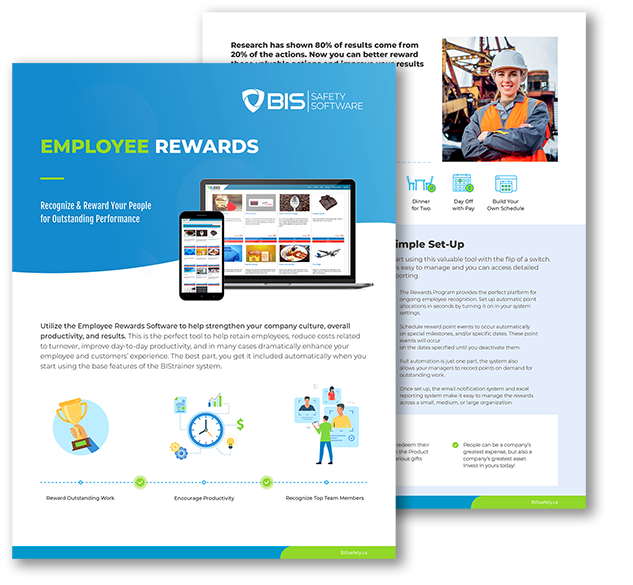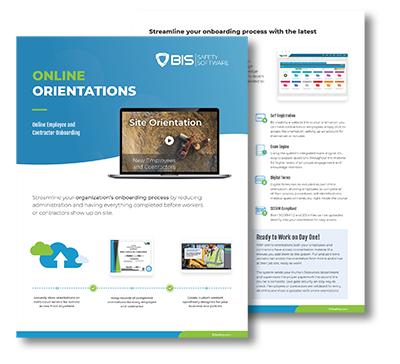Mining is a crucial part of Canada’s economy, contributing over $90 billion to its GDP and offering employment to more than 600,000 individuals in 2018. However, behind the glimmer of its economic contributions lies a sobering reality – mining ranks as the second-most hazardous industry in the country. Shockingly, nearly 47 out of every 100,000 workers in this field face fatal risks. Such statistics underscore the importance of recognizing the dangers inherent in mining work and the necessity of adhering to stringent safety measures.
Today, we delve into the top five risks that workers in the mining industry encounter. These hazards not only pose threats to physical health but also demand careful attention to ensure the safety and well-being of those involved in this vital sector.
Chapter One: Lung Damage – Protecting Miners’ Respiratory Health
Picture this: miners toiling away in dusty underground tunnels, each breath potentially laden with harmful particles that threaten their respiratory health. In the mining industry, lung damage looms as a significant risk, with grave consequences for those exposed. Let’s delve deeper into this hazard and explore the statistics that underscore its severity.
List of Lung Disorders Associated with Mining:
- Black Lung Disease (Coal Workers’ Pneumoconiosis): Mining coal exposes workers to coal dust, which, when inhaled over time, can lead to the development of black lung disease. Also known as coal workers’ pneumoconiosis, this condition causes scarring of the lungs and can result in symptoms such as coughing, shortness of breath, and chest pain.
- Silicosis: Miners exposed to crystalline silica dust, commonly found in mining environments, are at risk of developing silicosis. This occupational lung disease occurs when silica particles are inhaled, causing inflammation and scarring of the lung tissue. Symptoms may include coughing, difficulty breathing, and fatigue.
- Chronic Bronchitis: Prolonged exposure to dust, fumes, and other respiratory hazards in mining environments can increase the risk of developing chronic bronchitis. This condition is characterized by inflammation of the airways, leading to symptoms such as persistent coughing, excessive mucus production, and difficulty breathing.
- Lung Cancer: Miners exposed to carcinogenic substances, such as radon gas and diesel exhaust, are at an increased risk of developing lung cancer. Radon, a radioactive gas produced by the decay of uranium, can accumulate to unsafe levels in poorly ventilated mining environments, while diesel exhaust contains harmful chemicals known to cause cancer.
- Asthma: Exposure to dust, chemicals, and other respiratory irritants in mining operations can trigger or exacerbate asthma symptoms in susceptible individuals. Occupational asthma, often characterized by wheezing, chest tightness, and shortness of breath, can significantly impact miners’ respiratory health and overall well-being.
Common Minerals Associated with Lung Disorders in Mining:
- Coal Dust: Inhalation of coal dust, generated during coal mining activities, can lead to the development of black lung disease (coal workers’ pneumoconiosis) and other respiratory conditions.
- Silica Dust: Crystalline silica dust, produced during the extraction and processing of minerals such as quartz, can cause silicosis and other lung disorders in miners exposed to high levels of airborne silica particles.
- Asbestos: While less prevalent in modern mining operations, asbestos exposure remains a concern in older mines and during the demolition or renovation of mining infrastructure. Inhalation of asbestos fibers can lead to the development of asbestos-related lung diseases, including asbestosis and mesothelioma.
- Radon Gas: Radon, a radioactive gas released during the decay of uranium in soil and rock, can accumulate to unsafe levels in underground mining environments. Prolonged exposure to radon gas increases the risk of lung cancer among miners.
- Diesel Exhaust: Miners working with diesel-powered equipment may be exposed to diesel exhaust, which contains harmful substances known to cause respiratory and cardiovascular diseases, including lung cancer.

Chapter Two: Hearing Damage – Safeguarding Miners’ Hearing
In the depths of mining operations, amidst the clangour of machinery and the rumble of transportation, miners face a silent but significant threat – hearing damage. The incessant exposure to high noise levels poses a grave risk to miners’ auditory health, with potential consequences ranging from temporary discomfort to permanent hearing loss. Let’s delve into the statistics that underscore the severity of this hazard and explore strategies for mitigating its impact.
According to a report by the Canadian Institute for Health Information (CIHI), mining ranks among the top industries with the highest prevalence of noise-induced hearing loss (NIHL). Alarmingly, approximately 42% of Canadian miners report exposure to hazardous levels of occupational noise, exceeding the national average for other industries. These findings shed light on the pervasive nature of noise-related risks in mining environments and the urgent need for targeted interventions to protect miners’ hearing.
List of Hearing Conditions Associated with Mining:
- Noise-Induced Hearing Loss (NIHL): Prolonged exposure to high levels of occupational noise, prevalent in mining environments, can lead to permanent hearing damage known as NIHL.
- Tinnitus: Miners may experience a ringing, buzzing, or roaring sensation in their ears, known as tinnitus, as a result of exposure to loud noise.
- Temporary Threshold Shift (TTS): Temporary hearing loss or a decrease in hearing sensitivity, known as TTS, can occur after short-term exposure to high noise levels in mining operations.
- Acoustic Trauma: Sudden exposure to extremely loud noises, such as blasts or machinery malfunctions, can cause immediate damage to the inner ear, leading to acoustic trauma and irreversible hearing loss.
Tools and Equipment Especially Bad for Noise in Mining:
- Drills: Rotary drills and pneumatic drills used in mining operations generate high levels of noise, posing a significant risk to miners’ hearing health.
- Blasting: Explosives used for blasting activities in mining operations produce intense noise levels, contributing to the overall noise exposure experienced by miners.
- Crushers: Crushers and rock-crushing machinery utilized in mining activities emit loud noise levels, particularly during the crushing and grinding processes.
- Heavy Machinery: Large mining equipment, such as loaders, haul trucks, and excavators, produce continuous noise emissions, exposing miners to prolonged periods of high noise levels.
- Ventilation Systems: While essential for maintaining air quality in underground mining environments, ventilation systems can generate significant noise levels, especially in confined spaces.
- Conveyors: Conveyor belts and material transport systems used in mining operations can generate noise from friction, impacting miners working in proximity to these systems.
- Compressors: Air compressors and pneumatic equipment used for drilling, powering tools, and operating machinery emit noise during operation, contributing to overall workplace noise levels.
Regulated Mining
To address the risks of hearing damage in the mining industry, regulatory bodies such as the Occupational Safety and Health Administration (OSHA) have established guidelines for noise exposure limits and hearing conservation programs. These initiatives emphasize the importance of implementing engineering controls, such as sound insulation and equipment maintenance, to reduce noise levels in mining environments. Additionally, the provision of personal protective equipment (PPE), such as earplugs and earmuffs, plays a crucial role in mitigating miners’ exposure to hazardous noise levels.
Chapter Three: Stress and Fatigue – Understanding the Mental and Physical Toll on Miners
Long Hours and Demanding Tasks:
Mining is synonymous with grueling schedules and physically demanding work. According to a study conducted by the Mining Industry Human Resources Council (MiHR), miners often endure extended shifts and tackle strenuous tasks, such as operating heavy machinery and navigating dark, confined spaces. The relentless nature of mining operations can exacerbate stress and fatigue, placing miners at heightened risk of physical and mental exhaustion.
Impacts on Health and Well-being:
Research has shown that prolonged exposure to stress and fatigue can have profound effects on miners’ health and well-being. A report by the World Health Organization (WHO) highlights the link between chronic stress and a range of adverse health outcomes, including cardiovascular disease, musculoskeletal disorders, and mental health conditions such as depression and anxiety. Moreover, fatigue-related impairment can mimic the effects of intoxication, impairing miners’ cognitive abilities and increasing the likelihood of workplace accidents.
Risk of Incidents and Injuries:
Fatigued miners are not only susceptible to personal injury but also pose a risk to their colleagues and the broader mining community. According to data from the Mine Safety and Health Administration (MSHA), fatigue-related incidents account for a significant proportion of mining accidents, with impaired decision-making and reduced reaction times contributing to the severity of these incidents. Furthermore, a fatigued miner is more likely to cause an incident that injures multiple people, amplifying the potential consequences of workplace fatigue.
Mitigating Risks through Awareness and Intervention:
Recognizing the pervasive nature of stress and fatigue in the mining industry, employers and regulatory bodies have implemented various strategies to mitigate these risks. The Canadian Mining Association (CMA) emphasizes the importance of promoting a culture of safety and well-being in mining operations, advocating for regular breaks, adequate rest periods, and access to support services for miners. Additionally, initiatives such as fatigue management programs and mental health awareness campaigns play a crucial role in raising awareness and addressing the underlying factors contributing to stress and fatigue in the mining workforce.
Looking Ahead: Prioritizing Miner Well-being:
As the mining industry continues to evolve, prioritizing miner well-being remains a critical imperative. By implementing proactive measures, providing comprehensive training, and fostering a supportive work environment, employers can mitigate the risks associated with stress and fatigue and ensure the health and safety of miners in their care.

Chapter Four: Radioactive Materials – Understanding the Hidden Threat in Mining
List of Radioactive Materials Associated with Mining:
- Uranium
- Thorium
- Radium
- Radon

